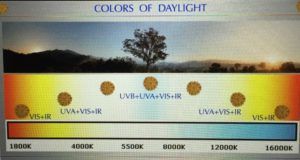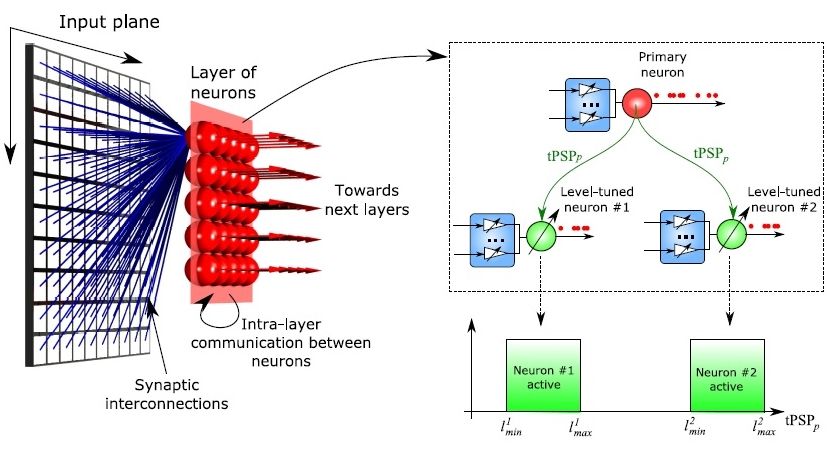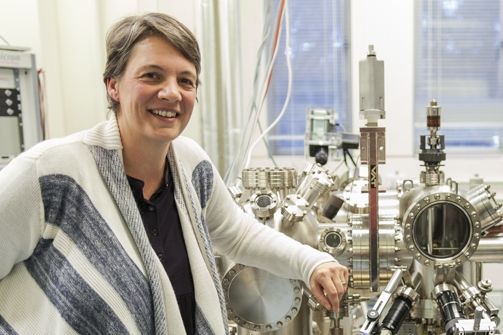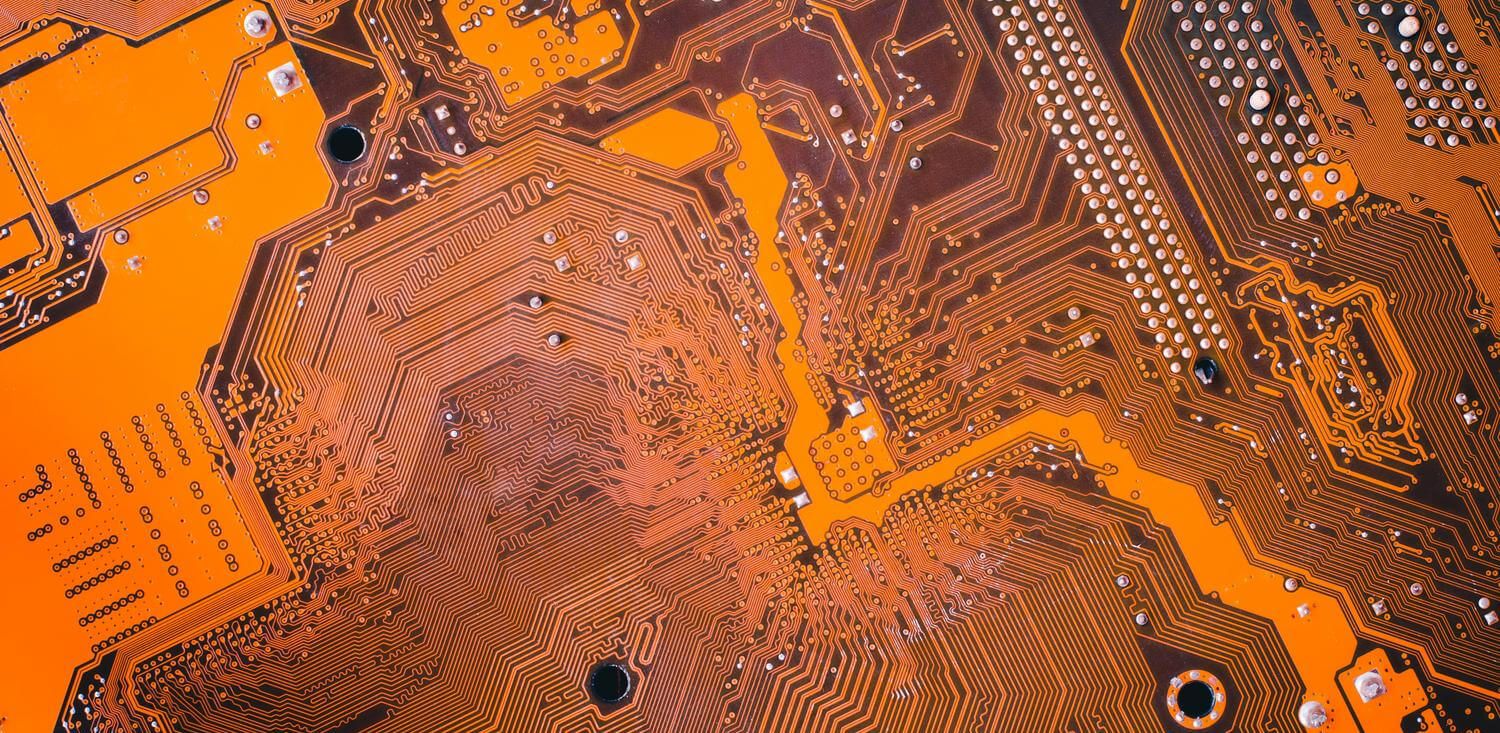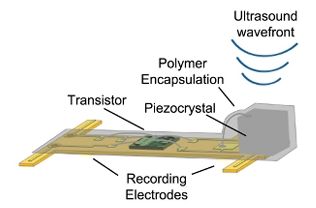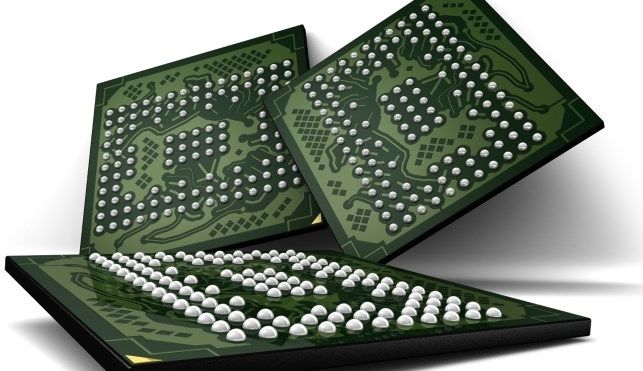The blog take away: How is the key frequency of beta oxidation made in a mitochondria?Most people believe fat burning via beta oxidation is a fuel mediated mechanism but Dr. Doug Wallace’s data strongly suggests it is linked to the vibration state of the inner mitochondrial membrane. If so, how is the sun’s photoelectric abilities critical to this mechanism in mitochondria? Watch the video in the hyperlink closely from 50:00 – 59:00 for the clue.
Water surrounds each mitochondria in a cell with its MINOS layer. It is adjacent to the cytochrome 1 complex. Water has a high dielectric constant. It is 78 in bulk water, to be exact, Why is that critical? Well cytochrome one has a redox Fe-S couple that acts like a semiconductor for electrons. Electrons act differently in a semiconductor than they do when they are not captured by one. How much do you know about semiconductor integrated circuits? In a typical network in an integrated circuit, each network will include at least one driver, which must contain a source or drain diffusion and at least one receiver. This set up will consist of a gate electrode over a thin gate dielectric (look for a view of a MOS transistor on line if you’re unsure of this arrangement to get a visual.)
